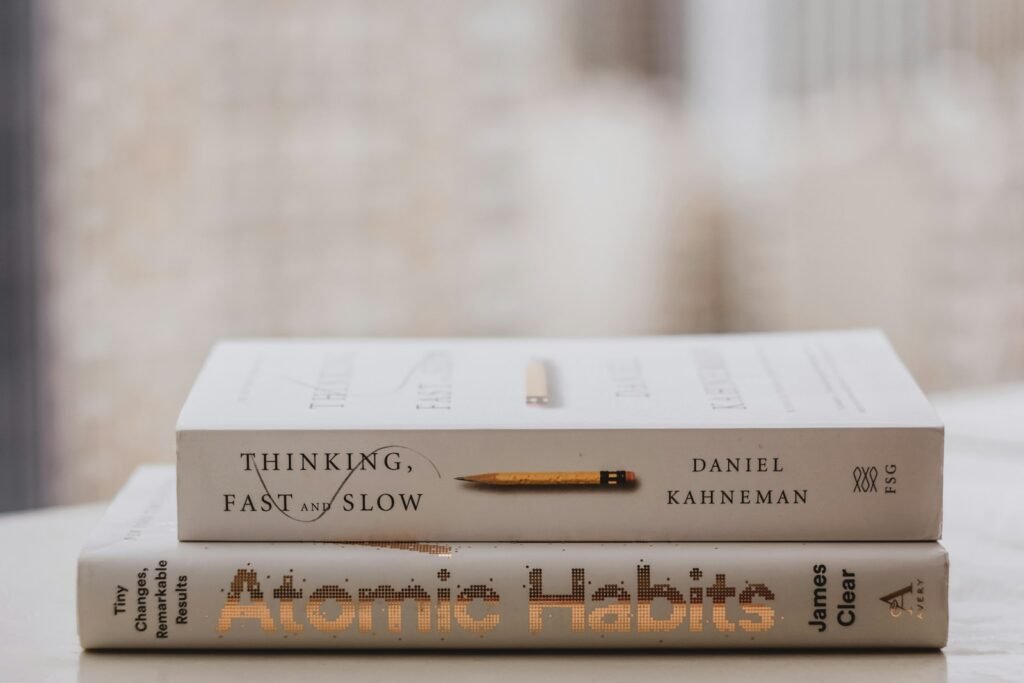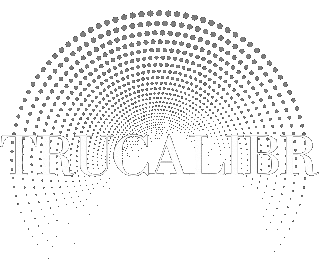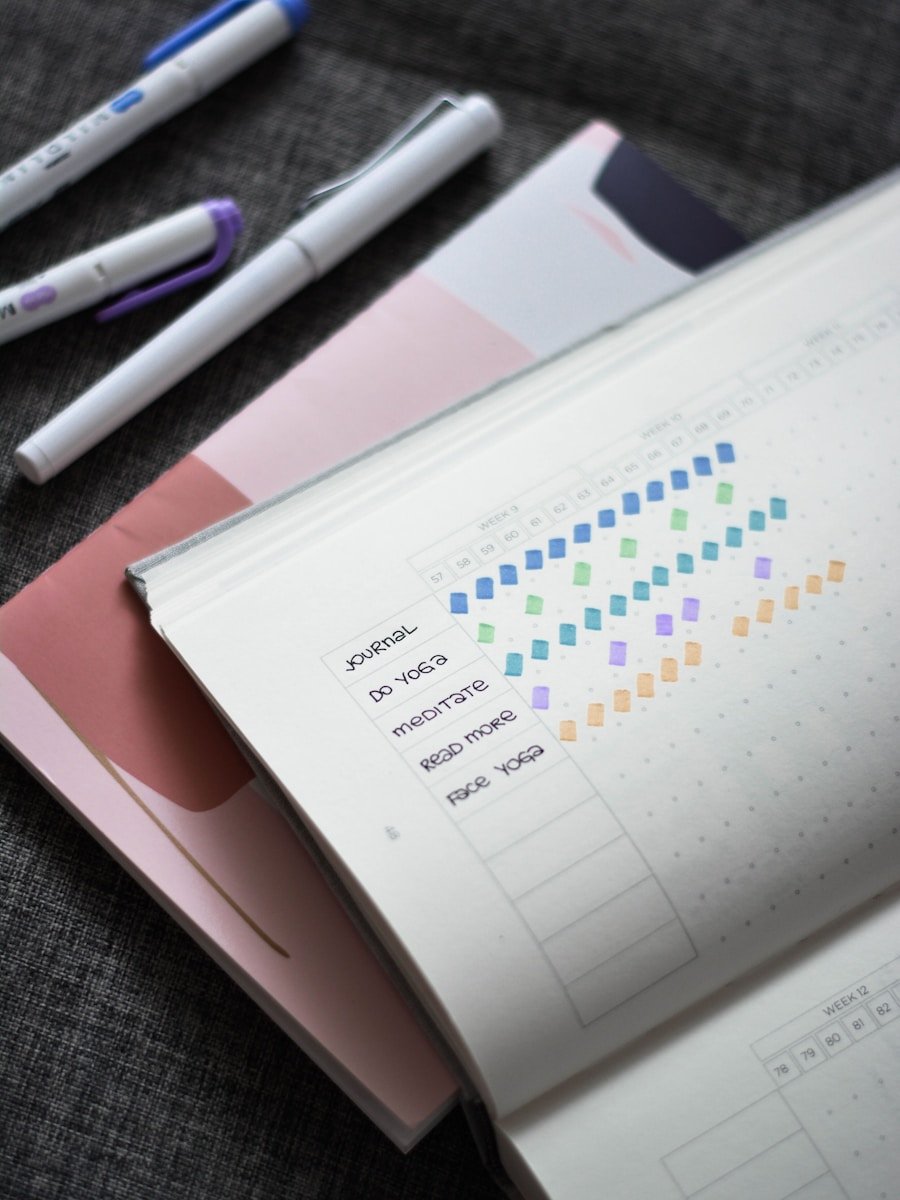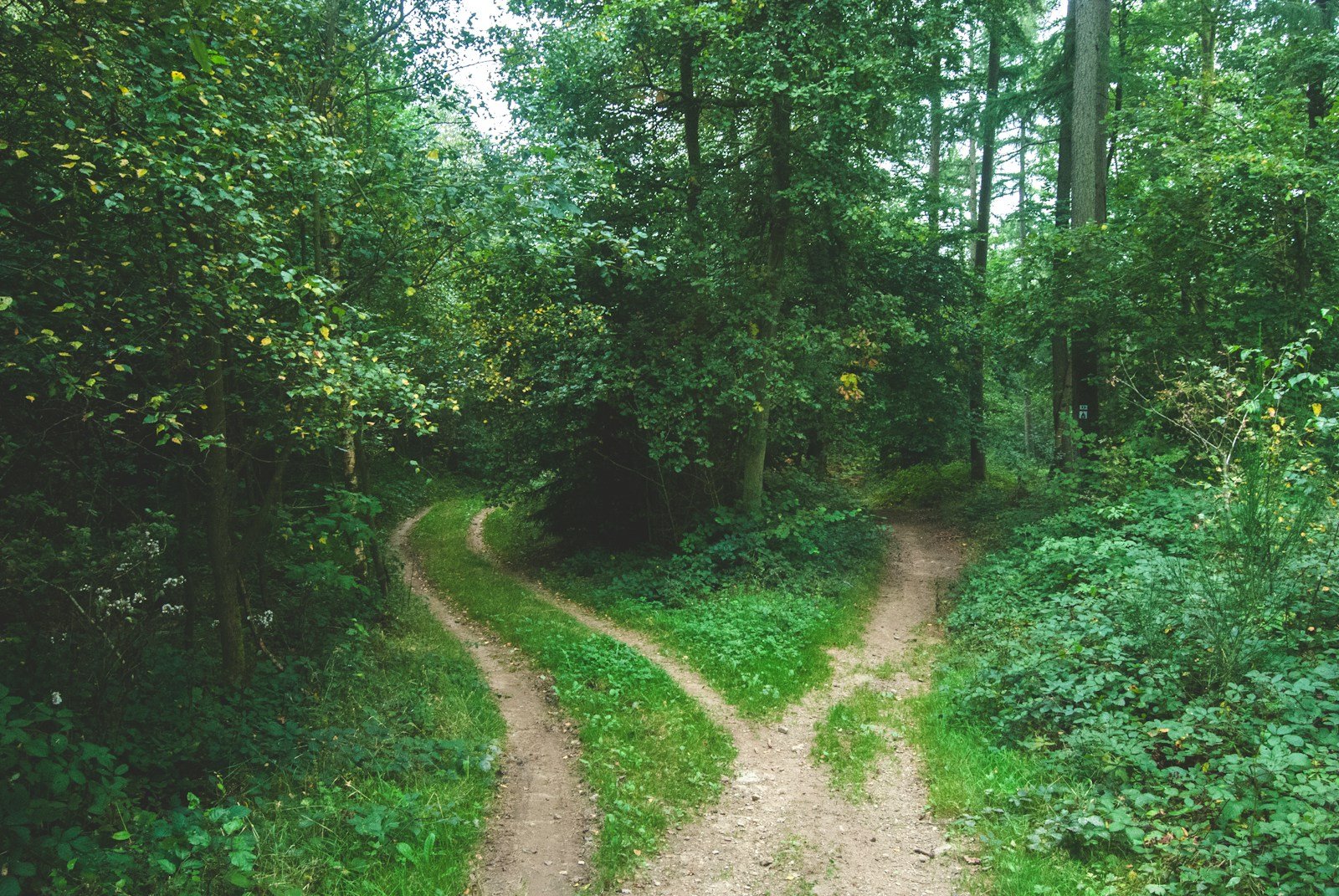It’s easy to feel overwhelmed by the constant demands on our time and energy. We set ambitious goals, only to find ourselves struggling to follow through or falling back into old patterns. However, there is a powerful technique that can help you build lasting habits and achieve your aspirations: habit-stacking. By intelligently combining and layering new habits onto existing routines, you can create a powerful ripple effect of positive change, one small step at a time.
Introduction to Habit-stacking
Habit-stacking is a simple yet effective strategy that involves anchoring new habits to existing routines or behaviors that are already ingrained in your life. By piggybacking new habits onto established ones, you leverage the power of existing patterns and make it easier to adopt and maintain new practices. This approach recognizes that our brains are wired to seek efficiency and thrive on routines, making it more natural to incorporate new habits seamlessly into our daily lives.
Whether you’re striving to improve your health, enhance your productivity, or cultivate personal growth, habit-stacking can be a game-changer. It allows you to take small, manageable steps towards your goals, gradually building momentum and creating a sustainable path to lasting change.
History
The concept of habit-stacking has its roots in various fields, including psychology, neuroscience, and behavioral economics. Researchers have long recognized the power of habits and routines in shaping our behaviors and decision-making processes.
One of the early pioneers in the study of habits was William James, a philosopher and psychologist who emphasized the importance of cultivating beneficial habits as a means of personal growth and self-improvement. In his seminal work, “The Principles of Psychology,” published in 1890, James explored the concept of habit formation and its role in shaping our character and behavior.
In more recent times, researchers like Dr. B.J. Fogg, a behavioral scientist at Stanford University, have delved deeper into the science of habit formation and developed frameworks like the “Tiny Habits” approach, which emphasizes the power of starting small and building upon existing routines.
The term “habit-stacking” itself was popularized by author and productivity expert Steve Pavlina, who introduced the concept in his personal development blog in 2010. Pavlina’s approach focused on creating a “habit chain” by linking new habits to existing ones, making it easier to adopt and sustain positive changes.
Today, habit-stacking has gained widespread recognition as a practical and effective method for building lasting habits and achieving personal growth goals. It has been embraced by productivity experts, life coaches, and individuals seeking to optimize their daily routines and live more fulfilling lives.

Benefits
1. Increased Efficiency and Time Management
By stacking new habits onto existing routines, you streamline your efforts and maximize your time. Instead of trying to find room for new habits in an already packed schedule, you seamlessly integrate them into your existing patterns, saving valuable time and mental energy.
2. Reduced Resistance and Increased Consistency
When you anchor new habits to established routines, you leverage the power of familiarity and reduce resistance to change. This makes it easier to stick to your new habits consistently, as they become an integral part of your daily rituals.3. Improved Mindfulness and Self-Awareness
Habit-stacking encourages mindfulness and self-awareness by prompting you to examine your existing routines and identify opportunities for positive change. This process helps you become more conscious of your behaviors and make intentional choices about how you spend your time and energy.
4. Compounded Benefits and Synergistic Effects
As you stack multiple habits together, you create a powerful compound effect. Each new habit reinforces and supports the others, leading to synergistic benefits that amplify your overall progress and personal growth.
5. Increased Motivation and Sense of Achievement
Habit-stacking allows you to celebrate small wins and experience a sense of achievement as you consistently stack new habits onto your routine. This positive reinforcement can boost your motivation and confidence, propelling you towards even greater personal growth.
How Can This Be Implemented Into Someone’s Life?
Implementing habit-stacking into your life is a straightforward process that can yield remarkable results. Here’s a step-by-step guide to get you started:
1. Identify Your Existing Routines
Begin by observing your daily routines and identifying the habits or activities that are already ingrained in your life. These could be small actions like brushing your teeth, making your morning coffee, or checking your email. These routine behaviors will serve as the anchors for your new habits.
2. Define Your Goals and Desired Habits
Next, clarify the goals or areas of your life you wish to improve. Consider the habits or behaviors that align with these goals and can positively impact your well-being, productivity, or personal growth. Examples could include exercising regularly, practicing mindfulness, reading more, or learning a new skill.
3. Match New Habits with Existing Routines
With your existing routines and desired habits identified, it’s time to stack them together. Look for logical connections or natural transitions between your established routines and the new habits you want to adopt. For example, you could stack a 10-minute meditation session after brushing your teeth in the morning or read a few pages of a book while enjoying your morning coffee.
4. Start Small and Gradually Increase
When introducing new habits, it’s essential to start small and manageable. Begin with micro-habits or tiny steps that require minimal effort, and gradually increase the duration or intensity as the new habits become more ingrained. This approach prevents overwhelm and increases the likelihood of long-term success.
5. Leverage Reminders and Triggers
To reinforce your habit-stacking efforts, leverage reminders and triggers that cue you to perform your new habits. These could be visual cues, alarms, or specific locations associated with your existing routines. For example, placing your running shoes by the door can serve as a visual trigger to go for a jog after returning home from work.
6. Reflect, Adjust, and Celebrate Progress
Regularly reflect on your habit-stacking journey and assess your progress. Identify areas that need adjustment or refinement, and don’t be afraid to tweak or modify your approach as needed. Celebrate your successes, no matter how small, as these victories will fuel your motivation and commitment to personal growth.

Conclusion
Habit-stacking is a powerful tool that empowers you to take control of your life and achieve lasting change, one small step at a time. By anchoring new habits to existing routines, you leverage the power of familiarity and create a seamless path towards personal growth and self-improvement.
Whether you’re striving to cultivate a healthier lifestyle, enhance your productivity, or pursue a new passion, habit-stacking provides a practical and sustainable approach. It allows you to break down ambitious goals into manageable steps, reducing resistance and increasing the likelihood of success.
Remember, lasting change rarely happens overnight. It’s the cumulative effect of small, consistent actions that ultimately shape our lives. Embrace the art of habit-stacking, and watch as your daily routines transform into a powerful catalyst for personal growth, fulfillment, and the realization of your fullest potential.
Key Takeaways
– Habit-stacking is a strategy that involves anchoring new habits to existing routines or behaviors, making it easier to adopt and maintain positive changes.
– The concept has a rich history, drawing from fields like psychology, neuroscience, and behavioral economics, and has been embraced by productivity experts and personal growth enthusiasts.
– Benefits of habit-stacking include increased efficiency, reduced resistance to change, improved mindfulness, compounded benefits, and increased motivation.
– Implementing habit-stacking involves identifying existing routines, defining desired habits, matching new habits with existing routines, starting small and gradually increasing, leveraging reminders and triggers, and regularly reflecting and adjusting.
– Habit-stacking empowers individuals to take control of their lives, break down ambitious goals into manageable steps, and create a sustainable path towards personal growth and self-improvement.
Sources
– Tiny Habits: The Life-Changing Magic of Developing Small Habits by B.J. Fogg
– The Power of Habit by Charles Duhigg
– Habit Stacking: 127 Small Changes to Improve Your Health, Wealth, and Happiness by Steve Scott
– Harvard Business Review – The Science of Sticking with Good Habits
– James Clear – The Habits Guide
– Psychology Today – The Power of Habit Stacking
– Huffington Post – Habit Stacking: A Simple Way to Build New Habits







